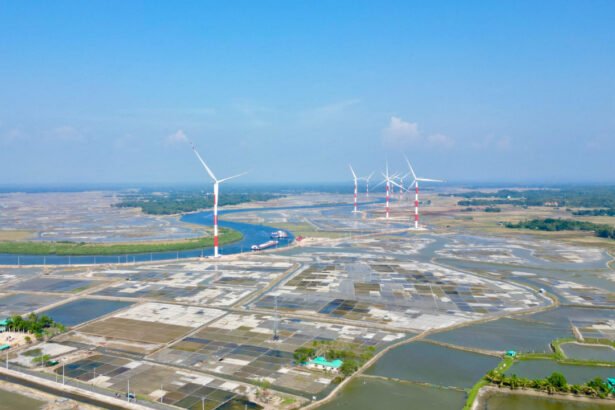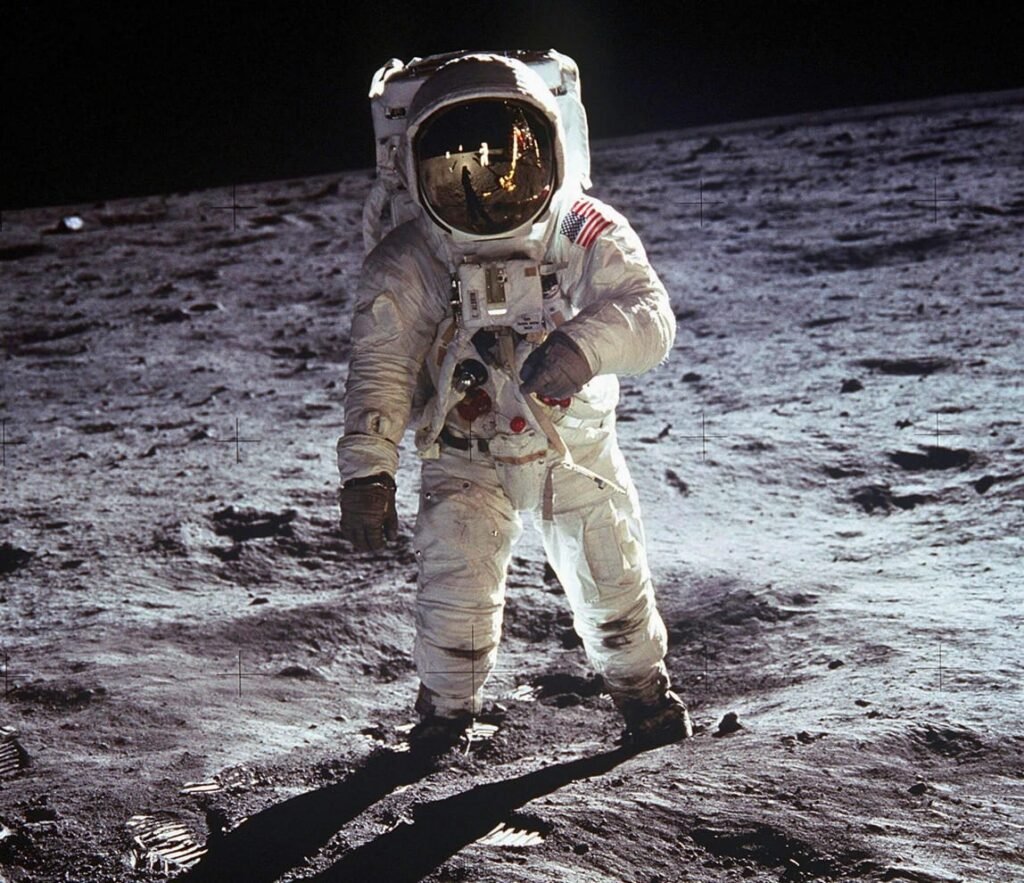
The dream of becoming an astronaut is one shared by many across the globe. From looking up at the stars to planning walks in orbit and planetary exploration, the fascination with space knows no bounds. But how can you achieve this dream in reality? This guide covers everything you need to know from academic qualifications to job applications and help you start your journey toward becoming a space explorer.
What Does an Astronaut Do?
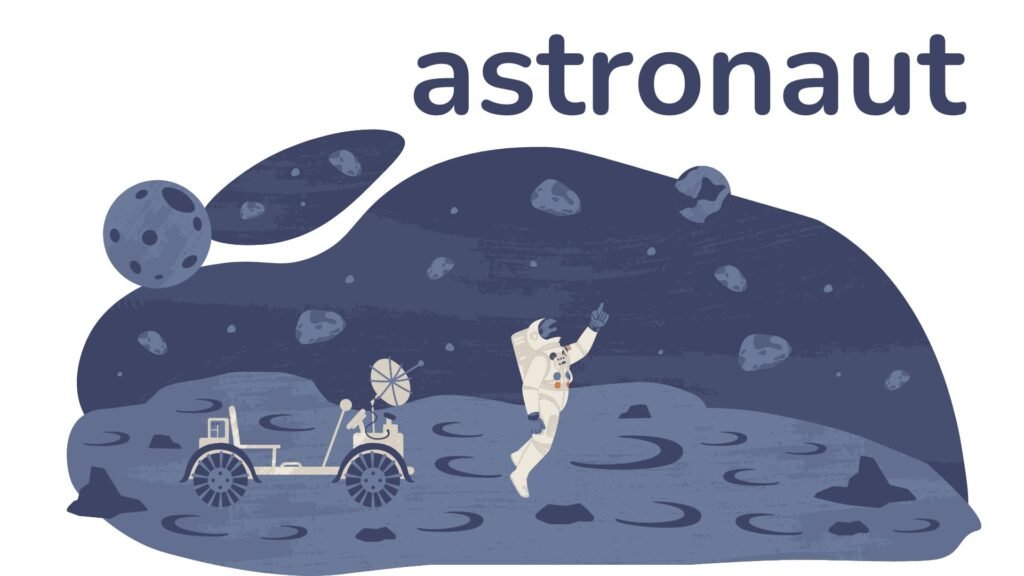
Astronauts are more than just space travelers. They are scientists, engineers, pilots, and communicators working on complex missions in space and on Earth. They conduct research aboard space stations, test new equipment, and help expand our understanding of the universe. Their daily routine may include physical training, simulations, and detailed mission planning.
Whether aboard the International Space Station (ISS) or training in underwater labs, astronauts face physical challenges and solve real-time problems in extreme environments. It is not just about going to space but it’s also about being a critical part of humanity's progress in science and exploration.
Educational Requirements for Future Astronauts
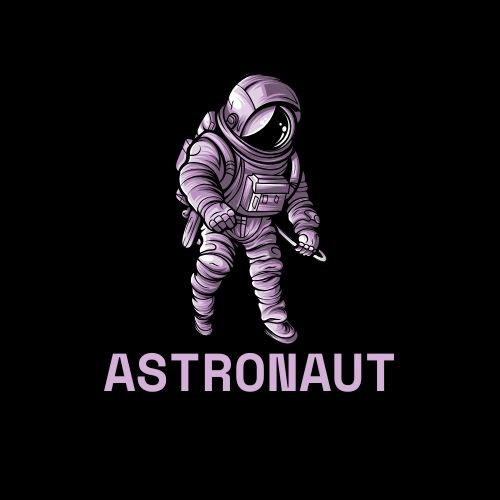
If you're serious about becoming an astronaut, your educational background is the starting point. Most space agencies require a bachelor’s degree in engineering, physical sciences, biological sciences, computer science, or mathematics. This ensures candidates have the scientific knowledge needed for space missions.
While a bachelor’s degree is the minimum requirement, many successful applicants have master’s degrees or PhDs. Additional qualifications in specialized fields such as aerospace engineering or astrophysics can give you an edge. If you're based in countries like the US or UK where space exploration is growing, pursuing education through programs that partner with space agencies can be beneficial.
Building Experience That Counts
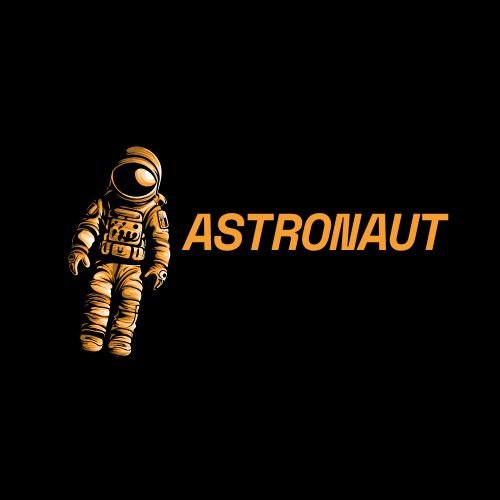
Along with a strong academic record, hands-on professional experience is crucial. NASA, for instance, looks for at least three years of progressively responsible experience in your field. For pilots, over 1,000 hours of jet flight time is often required.
Experience in scientific research, engineering projects, or mission planning in high-pressure environments is highly valued. Military service, participation in space simulations, or working with aerospace organizations can help you stand out. Demonstrating leadership, teamwork, and the ability to handle complex tasks under pressure is key.
Meeting Physical and Health Standards
Astronauts operate in extreme conditions, so they must meet strict medical and physical standards. Requirements usually include:
20/20 vision (corrective lenses allowed)
Healthy blood pressure (not exceeding 140/90)
Specific height range (for spacecraft accommodation)
Strong cardiovascular and muscular health
In addition to physical fitness, psychological resilience is essential. Candidates undergo mental health assessments to ensure they can handle isolation, confined environments, and long periods away from Earth.
Where and How to Apply
Becoming an astronaut officially begins when you apply through a recognized space agency or organization. NASA in the US posts astronaut job opportunities on USAJobs.gov. In the UK, the UK Space Agency occasionally recruits through the European Space Agency (ESA).
Other countries like Canada, Japan, and Russia also have space programs. Additionally, private companies such as SpaceX, Blue Origin, and Axiom Space are developing commercial astronaut programs, offering new paths to space travel.
Make sure your résumé is strong, your experience is aligned with the job description, and you meet every listed requirement before applying. Some candidates apply several times before being selected, so persistence is vital.
The Astronaut Candidate Program
If selected, you’ll begin astronaut candidate training an intensive program that lasts about two years. This includes:
Spacewalk (EVA) simulations in neutral buoyancy labs
Robotics and spacecraft systems operations
Survival training in remote environments
Language training (often Russian for International Space Station collaboration)
Physical conditioning and endurance building
Candidates are evaluated throughout training. Those who complete the program become eligible for flight assignments. The competition is fierce, but the experience is life-changing.
Life After Selection: What to Expect
Once you’re a trained astronaut, your schedule will be filled with mission simulations, ongoing learning, and potential space assignments. Space missions can last from a few days to over a year, depending on mission goals.
Astronauts work closely with scientists, engineers, and international space partners. They may be involved in testing technologies for Mars missions, monitoring Earth’s climate, or conducting medical research in microgravity.
You may also participate in public outreach giving talks, educating students, or representing your country in global space events.
Famous Astronauts Who Inspire
Many astronauts have become icons of exploration and science. For example:
Neil Armstrong: the first human to walk on the Moon.
Valentina Tereshkova: the first woman in space.
Chris Hadfield: Canadian astronaut known for his musical space videos and educational outreach.
Tim Peake : a UK astronaut who helped spark interest in space among British youth.
Their journeys prove that with determination, the dream of space is achievable.
Time to Launch Your Dream
Choosing to pursue a career as an astronaut means committing to excellence, endurance, and endless learning. It’s a path filled with challenges but also incredible opportunities like seeing Earth from orbit or contributing to groundbreaking scientific discoveries. With growing space programs in the US, UK, and beyond, and the rise of commercial spaceflight, the possibilities are expanding faster than ever. If you’re ready to take on the challenge, prepare yourself academically, professionally, and physically your future may be written in the stars.


